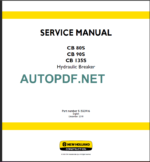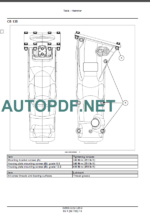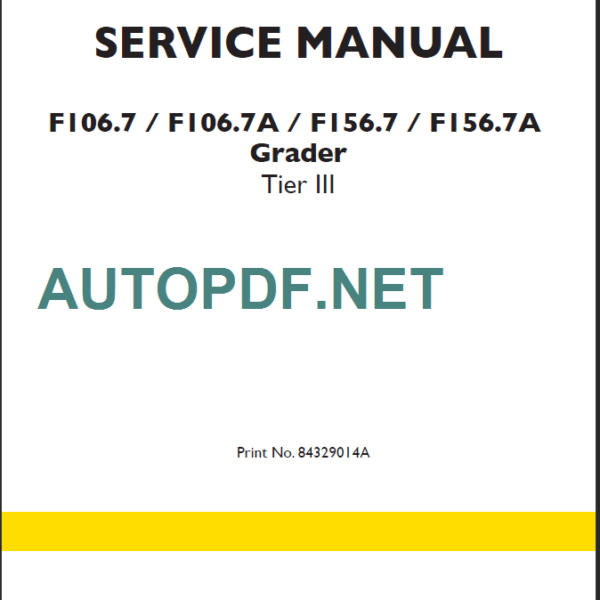









Format: PDF
Language: EN
Size: 7.57 MB
Pages: 103
Speed Download Link
$40 Original price was: $40.$30Current price is: $30.
CB80S-CB90S-CB135S SERIVCE MANUAL Introduction: When it comes to using tools, safety should always be a top priority. One essential tool found in many households and construction sites is the hammer. Whether you’re a seasoned professional or a DIY enthusiast, understanding safety rules and proper usage techniques is crucial to prevent accidents and maximize efficiency. In this article, we will explore some important safety rules for using a hammer and delve into its various applications.
Conclusion: By following these safety rules and understanding proper usage techniques, you can ensure a safe and efficient hammering experience. Remember to prioritize safety and take the necessary precautions to protect yourself and those around you. Whether you’re hanging a picture frame or working on a construction project, using a hammer with care is essential.